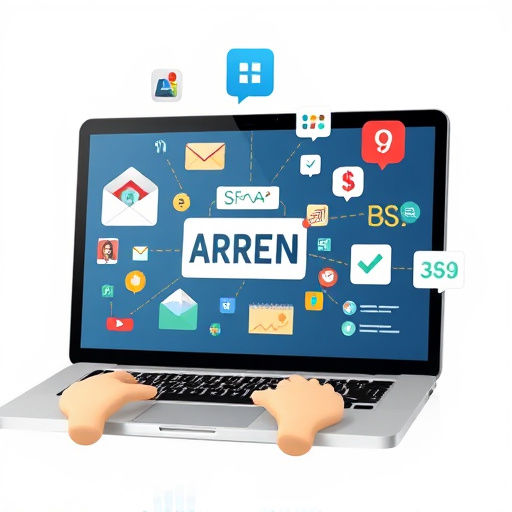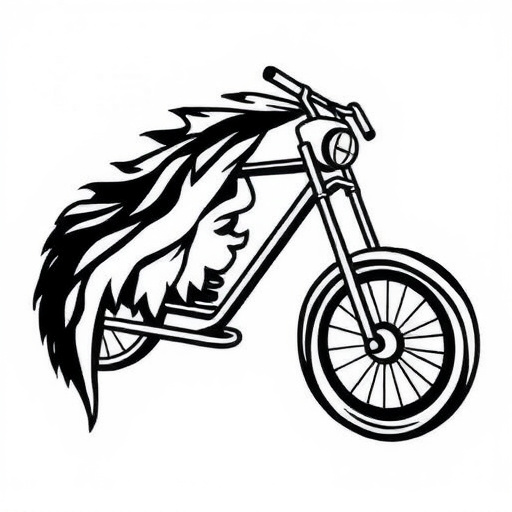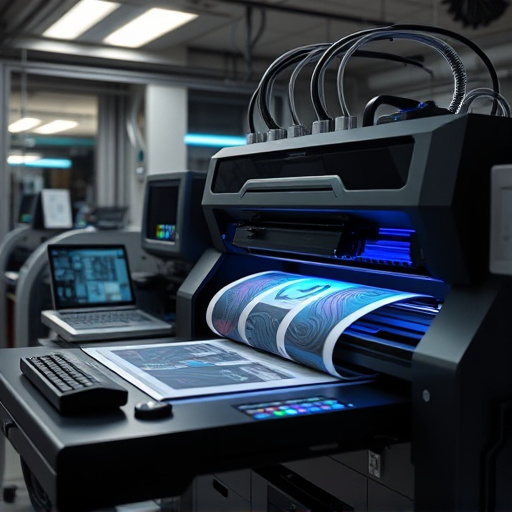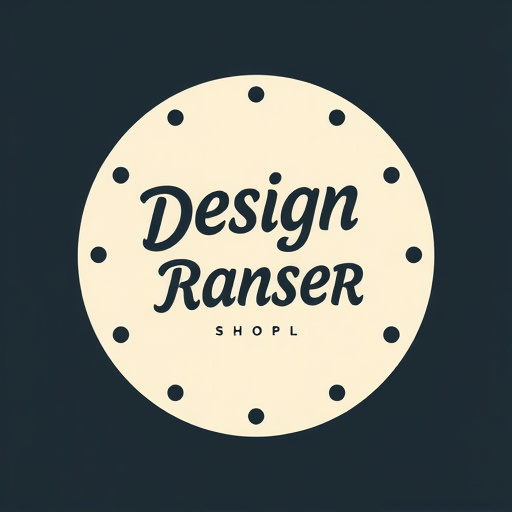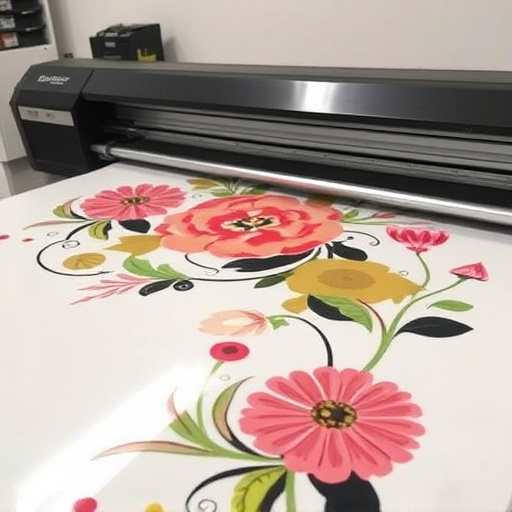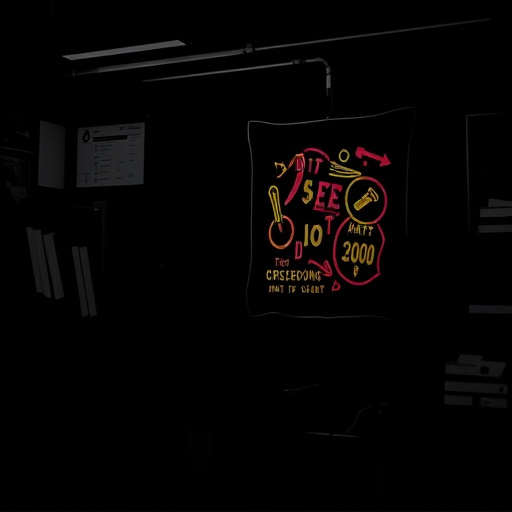Direct-to-Consumer (DTF) printing is revolutionizing design and manufacturing by enabling custom product creation, cost efficiency, and competition for small businesses. DTF's financial viability comes from precise material use, advanced technologies like direct to film printers, and dynamic pricing models based on demand and seasonality. Newbie DTF fashion brands can optimize costs through high-quality tools, bulk production techniques, eco-friendly materials, precise sizing, and efficient inventory management, ensuring market competitiveness.
“Discover the world of Direct-to-Consumer (DTF) business models and unlock their cost-saving potential! This comprehensive guide is tailored for beginners seeking to navigate the efficient side of DTF. We’ll demystify the cost structure of DTC businesses, offering strategic insights to optimize expenses. From understanding essential costs to implementing effective strategies, this article equips you with tools and tips to make your DTF venture profitable. Embrace a cost-effective approach and take charge of your business’s financial trajectory.”
- Understanding DTF (Direct-to-Consumer) and its Cost Structure
- Strategies for Making DTF Businesses Cost-Effective
- Tools and Tips for Beginners to Optimize Costs in DTC
Understanding DTF (Direct-to-Consumer) and its Cost Structure

Direct-to-Consumer (DTF) printing is a cutting-edge approach that allows businesses and individuals to produce custom designs directly on various products without the need for traditional print runs. This revolutionary method has democratized design and manufacturing, enabling small businesses and entrepreneurs to compete in the market with larger brands. DTF cost-effectiveness lies in its streamlined process and efficient use of resources.
In this model, designers and manufacturers collaborate closely, often utilizing advanced technologies like direct to film printers and heat presses. The key to keeping costs low is the elimination of waste and overheads associated with traditional printing methods. For instance, dtf transfer sheets are precisely cut and applied to products, minimizing material wastage. This precision ensures that only the necessary materials are used, reducing expenses and making DTF a financially viable option for those looking to bring their creative ideas to life without breaking the bank.
Strategies for Making DTF Businesses Cost-Effective

To make your DTF (Direct to Film) business truly cost-effective, focus on strategic pricing and operational optimization. Implementing dynamic pricing models based on demand and seasonality can help maximize revenue while keeping costs in check. Offer bundle deals or subscription services for repeat customers, encouraging loyalty and streamlining order processing.
Leveraging the right technology is key; consider high-efficiency DTF printers like those designed for personalized hoodies, which reduce waste and material usage. Efficient inventory management is also crucial; track consumables like films and inks to prevent overstocking or shortages. Regularly review and negotiate supplier agreements for better deals on materials and equipment, ensuring your business stays competitive in the market while keeping costs low.
Tools and Tips for Beginners to Optimize Costs in DTC

For beginners venturing into Direct-to-Consumer (DTF) fashion, cost optimization is key to staying competitive in the market. A strategic approach to spending can make or break a brand’s success and profitability. One of the first steps is to invest in high-quality, customizable tools that streamline production processes. This includes state-of-the-art printing machines, cutting software, and design platforms that allow for efficient creation and customization of custom t shirts or other apparel items.
Additionally, leveraging bulk production techniques significantly reduces costs. When planning a bulk dft shirt production, consider negotiating with suppliers, opting for eco-friendly materials to lower material costs, and minimizing waste through precise cutting and sizing. Effective inventory management is another crucial tip; staying organized ensures that you only produce what’s needed, avoiding overproduction and associated expenses. Remember, a DTF business model can be cost-effective; it’s all about making smart, strategic choices from the outset.
Starting a Direct-to-Consumer (DTF) business can be an exciting venture, especially with the right strategies in place. By understanding your cost structure and leveraging the right tools, you can make informed decisions to optimize expenses. This guide has provided essential insights into navigating the DTF landscape cost-effectively, empowering beginners to take confident steps towards building a successful and affordable DTC brand. Embrace these strategies and watch your business thrive while maintaining a robust financial foundation.





